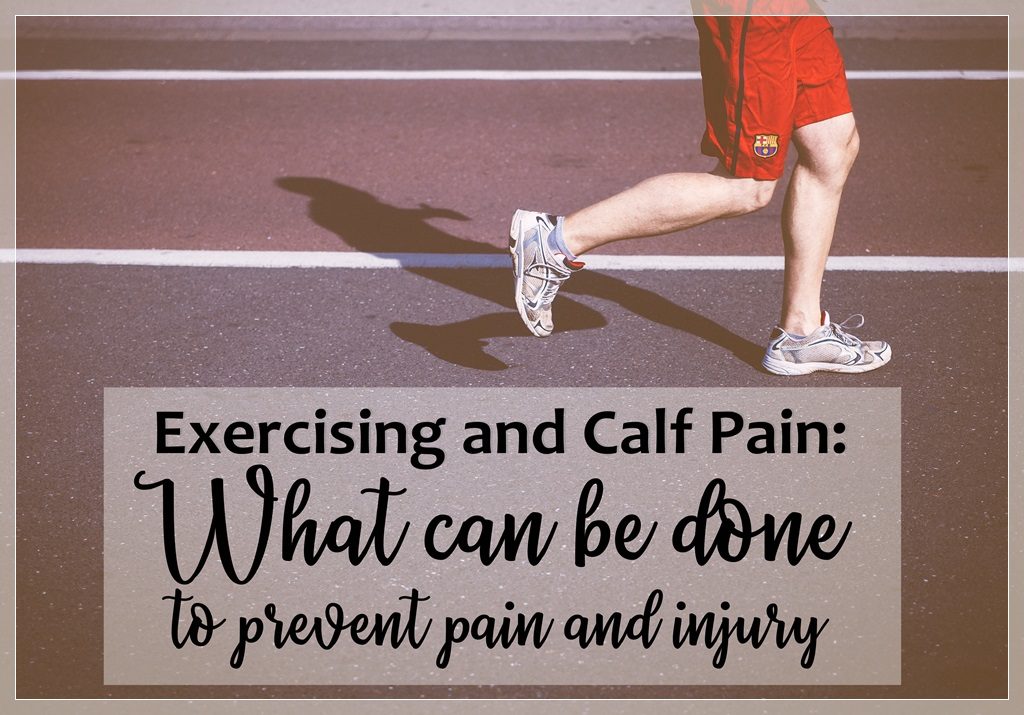
Calf pain, which may be accompanied by soreness or muscle tightness, is a common complaint among athletes and trainers. While most calf pains are caused by strained calf muscles, it is still important to seek immediate medical attention especially if the pain is caused by an underlying medical condition or if the pain and inflammation are still present after more than a week. There are actually several ways in which a calf strain may be sustained. It may be caused by muscle exhaustion from an intense activity, extreme weather conditions, or by the hyperextension of the tendons connecting the calf muscles to the bones.
Athletes who do a lot of running and jumping in their respective sports are at higher risks of sustaining a calf injury. Trainers who perform lower body exercises are also prone to getting a strained calf muscle. It is more common to occur in people in their middle twenties and up but men are more likely to sustain leg strains than women.
Calf strains are inevitable. As a matter of fact, you can sustain a calf injury even while walking. There are however several ways in which you can reduce the risks of having calf pain and injury in the future. Through a combination of calf exercises, precautionary measures, and specialized gears, you can play your favorite sports and maximize your training time. Check out some tips and reminders below on how to prevent a calf injury in the future.
1. Before heading into a game or doing a workout routine, always perform warm-up exercises to condition your legs for intense training. Jogging around for 3 to 5 minutes or completing four sets of lunges with 8 repetitions for each set, are some of the simple warm-up exercises you can start with. As much as possible, do not increase the number of repetitions, intensity, and duration of your training by more than 10 percent each week. This allows your leg muscles to recover and adapt more efficiently to increased training.
2. As important as warming up before training is stretching and cooling down afterward. One simple way to stretch is to sit down on the floor with your legs extending straight in front of you. Slowly lean forward and reach your toes with your hands. Hold the position for 8 counts before going back to an upright sitting position. Repeat four times.
3. Another important element in preventing leg injuries is the use of the proper training shoes. Make sure that they fit comfortably well. Wear the advised footwear for a specific activity. Shoes with cushioned insoles are better in reducing the impact of body weight on your legs and feet. Also, replace worn out shoes that may cause injuries not only to your leg muscles but also to your ankles.
4. Wear compression sleeves for your calves and shins. They do not only prevent cramps by stimulating blood circulation, but they also help in the quick recovery of leg muscles from strenuous workouts. Discover the best compression sleeves for calf and shin and learn how different materials and special features prevent leg muscle strain.
5. Do not force yourself to perform activities which you are not conditioned for. Always be extra careful in doing advanced routines or when training on rugged, unstable or inclined surfaces.

Add a Comment